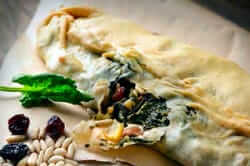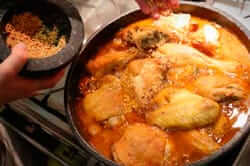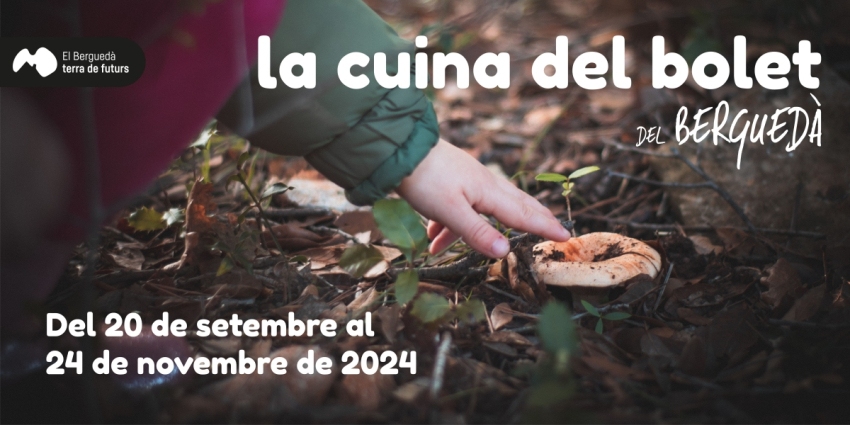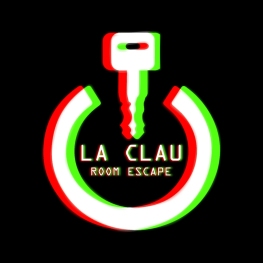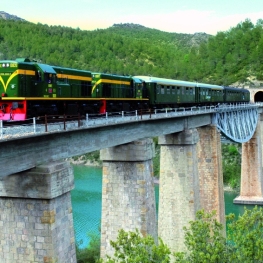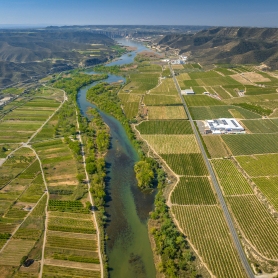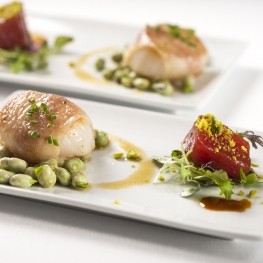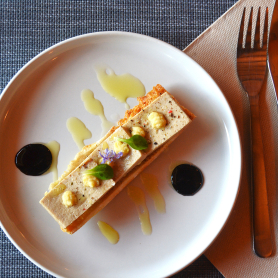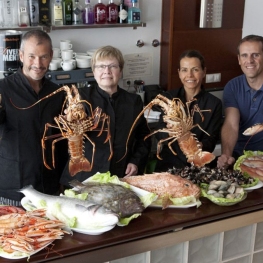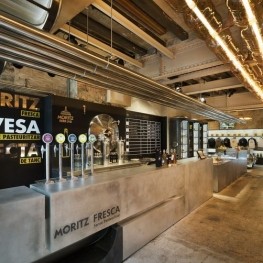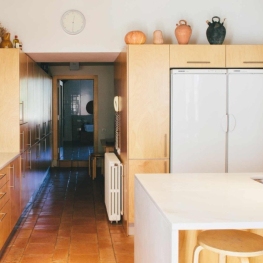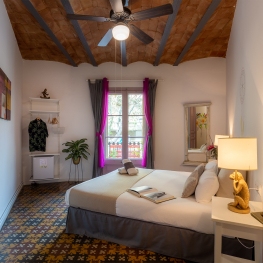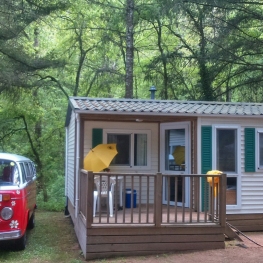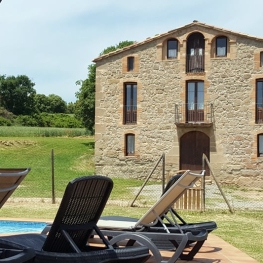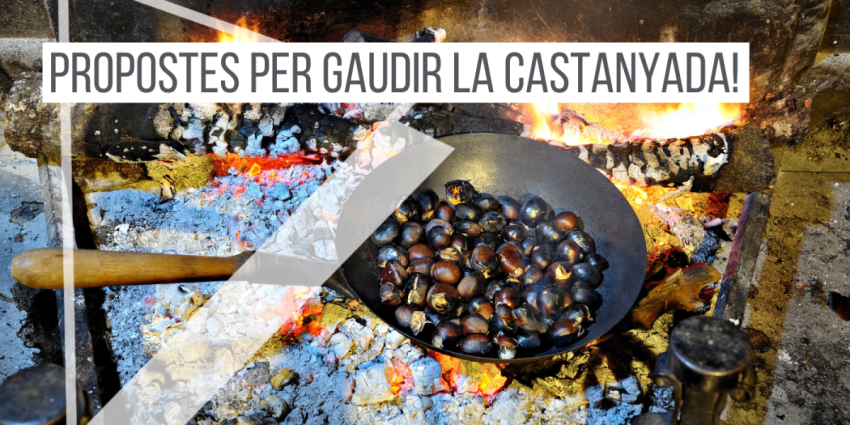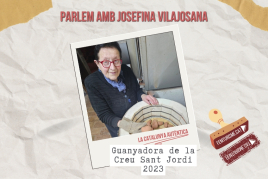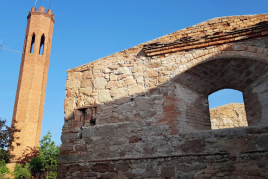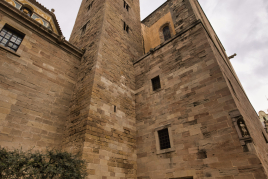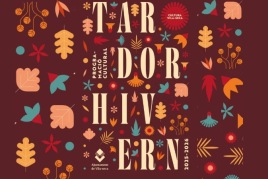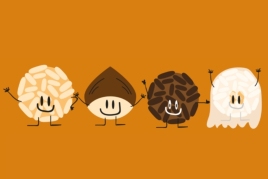Trying the 1714 food
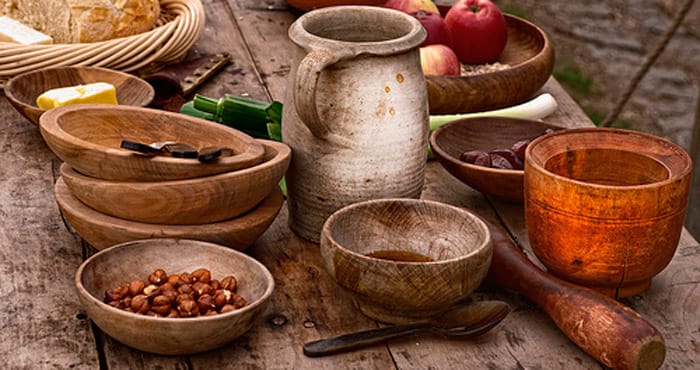
The 1714 was a year that marked the Catalan region: culture, traditions, people and also gastronomy.
This was important because it was the fuel that gave strength to the fighters of the battles. It gave them strength or weakened, the carrying batteries or deflate made ...
But not all those dishes had some great flavors nor look good, but they were the dishes that accompanied the daily life of the people of the time.
On this route, the proposal is to discover some of the dishes that accompany the battle and have been proposed adaptations of different recipes to current tastes.
From femTurisme.cat , we invite you to try them and taste them in every way.
Route's villages
The kitchen 1714
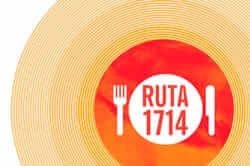 The Generalitat de Catalunya, with the Tricentari have organized an interesting gastronomic: Kitchen 1714.
The Generalitat de Catalunya, with the Tricentari have organized an interesting gastronomic: Kitchen 1714.
With this, they have opted for the recovery of recipes of the time. And they have made ??the hand of Dr. Mar i to Angels Pérez Samper, Professor of Modern History at the University of Barcelona (UB).
His idea is to reach all audiences typical of the time meals, but given the current viewpoint.
So, with the help of chefs and old recipes they have created a series of menus to suit current tastes, but with an eye on 1714. Thus, the proposals that have emerged have been very interesting and invite you to meet them in this route.
You can find more information and recipes for these and other dishes in the book "The cooking in 1714 " published by the publishing house Comanegra; and in the website Cuina de 1714, in the 1714 Tour .
Foods of 1714
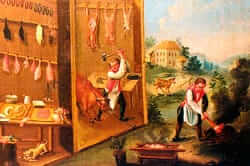 The great food variety we have today, was far less than had during the eighteenth century.
The great food variety we have today, was far less than had during the eighteenth century.
At that time it was based on three essential nutrients, which revolved around the culinary diversity. These three foods were bread, wine and meat.
Obviously, they were not either neither bread, neither wine nor meat, as we know them today.
The bread was made ??with the mixture of different kinds of cereals and different qualities. The wine had a meaner, stronger and sweeter flavor. And the meat was considered an exclusive product. Only a few lucky ate it occasionally. This used to be beef or poultry and cooked in various ways: roasted, boiled in a pot or padded.
Introducing new foods
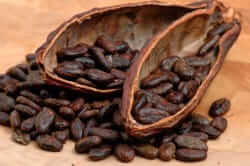 Increased trade with the colonies of the European powers led to a number of unknown continent food until then. This meant that, over time, these ingredients can be incorporated into the diet to become part of our daily lives.
Increased trade with the colonies of the European powers led to a number of unknown continent food until then. This meant that, over time, these ingredients can be incorporated into the diet to become part of our daily lives.
Foods coming from the "Indian" cocoa, potato, pepper, tomato, certain fruit and coffee were.
Cocoa has become one of the essential ingredients in the modern kitchen. The potato went from being an animal feed to be for humans. The pepper was used crushed or cooked. The tomato is the basis of typical Catalan sauce. And fruits are eaten both fresh and dried. So, we have all the food on our table.
To eat !!
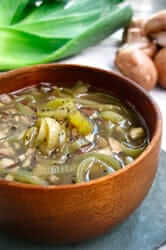 As regards the time to sit at the table, traditional customs have also been modified.
As regards the time to sit at the table, traditional customs have also been modified.
All dishes served at a time, placed on the table, and thus began the meal.
The first courses were fruits and salads. Then came the wines and dishes they had sauces. Then ate meat (if any). And finally, the dessert is eaten.
To follow this route, we have decided to follow the order that had been established in the eighteenth century to start a meal. And the cuisine proposed 1714 makes us travel to different parts of Catalonia.
So ... Bon appetit!
Stuffed onions
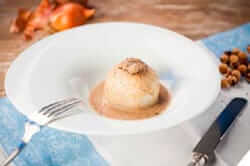 By filling fruits and vegetables was a common habit in the eighteenth century. The palates of diners were accustomed to the contrast between sweet and savory, making these recipes were highly valued.
By filling fruits and vegetables was a common habit in the eighteenth century. The palates of diners were accustomed to the contrast between sweet and savory, making these recipes were highly valued.
Normally, provided that the economy permitting, these fruits and vegetables are topped with meat. This gave him a greater intake of dietary nutrients for people.
It was made ??with onions, zucchini, eggplant and apples, peaches, quinces and pears.
The updated recipe invites us to try it with onions stuffed with pork, raisins, pine nuts, plum and apple.
Pumpkin in Moorish
The pumpkin was a food known in Catalonia before the eighteenth century. However, the arrival of new food from America, also included different varieties of pumpkins.
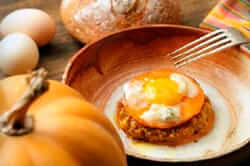 So they started using different types to make a variety of dishes, as its vivid color and texture turned the pumpkin into an elegant and surprising ingredient.
So they started using different types to make a variety of dishes, as its vivid color and texture turned the pumpkin into an elegant and surprising ingredient.
Not only was used for making soups or creams, but was also used as a base for dessert.
The recipe for pumpkin soup is a simple proposition found only with rice, onions and bay leaf. This does make it a little tasty recipe, quite the contrary.
In 1714 the kitchen, we also found other incoming gastronomic like pumpkin soup, the carn d'olla Escudella, coca recapte aubergine, spinach pies and meat pie.
Sweet and Sour Chicken
The chicken, like other birds, was a favored food for wealthy families.
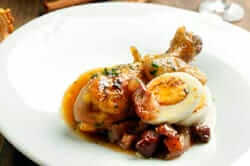 Not everyone had the fortune to eat meat very often, only the wealthiest. In fact, the peasants could be thankful if they had the chance to eat for special occasions like Christmas parties.
Not everyone had the fortune to eat meat very often, only the wealthiest. In fact, the peasants could be thankful if they had the chance to eat for special occasions like Christmas parties.
Besides chicken, other poultry also eat, such as chickens, geese and ducks. And also, all those that were obtained by hunting and partridge or quail. The lucky ones were also lucky enough to eat capon ever.
As we said, the mix of sweet and salty was a common taste in the eighteenth century, so it's no wonder they had a sour dish which came to mix foods like sugar, cinnamon, apples or nuts with bacon, broth and vinegar.
The sweet and sour chicken that has come down to us is a recipe for those of you taste them fingers.
But we also found other at that time as the partridges with cabbage rolls, another dish of partridge, stuffed capon, roast chicken or capon with sauce Pago range chicken to the pan, the pan of the Battle of Almansa ground beef or lamb stew.
We also found some fish dishes like cod with honey, cod with artichokes, spinach, pickled fish or tuna or grilled swordfish.
White Food
The blancmange or white food is one of the classic dishes of Catalan cuisine. Since the Middle Ages it was cooked, but was adapted to changes and nuances over the years.
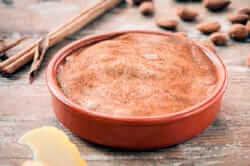 "White Catalan delicacy" as she was called in many cookbooks ancient times, was made ??from a base of rice flour, almond milk, sugar and carved chicken breast. It appeared that once again shows that the contrast between the sweet and salty taste was usual at the time.
"White Catalan delicacy" as she was called in many cookbooks ancient times, was made ??from a base of rice flour, almond milk, sugar and carved chicken breast. It appeared that once again shows that the contrast between the sweet and salty taste was usual at the time.
During the eighteenth century, the original recipe loses ingredient chicken breast to go to become a uniquely sweet dish.
This comes down to us as one of the most popular desserts in Catalonia.
The sweetness of this dish is due to the sugar, cinnamon and milk, keeping the base ingredient of their origins: rice flour.
Also very popular were the chickpea fritters.
Other dishes of 1714
Other dishes on this occasion are:
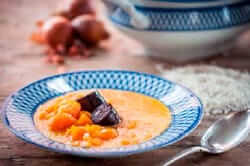 Starters
Starters
- Stuffed onions
- Pumpkin soup
- Pumpkin in Moorish
- Escudella i carn d'olla
- Coca recapte aubergine
- Spinach Pies
- Meat pie
Poultry
- Another dish of partridges
- Partridges with cabbage rolls
- Capon stuffed
- Roasted chicken or capon with sauce Payment
- Sweet and Sour Chicken
- Range chicken casserole
- Saucer of the Battle of Almansa
Meat
- Hash
- Mutton stew
Fish
- Cod with honey
- Cod with artichokes or spinach
- Pickled Fish
- Tuna / swordfish grilled
Desserts and Sweets
- Chickpea Fritters
- White Food
What to do
La Clau Room Escape: Until Dawn i Game On
ManresaFind a group of 2 to 6 people and enjoy the puzzles…
Where to eat
Restaurant Windsor
Barcelona (a 2.2 Km)The Windsor restaurant, located in Barcelona, is a benchmark of contemporary Catalan…
Taverna de La Vansa
La Vansa i Fórnols (a 14 Km)A self-managed mountain tavern in Espai La Vansa, ideal for enjoying local…
Restaurant Marisquer Can Ladis
Sant Fruitós de Bages (a 4.6 Km)The Can Ladis Seafood Restaurant, located in Sant Fruitós de Bages, is…
Fàbrica Moritz Barcelona
Barcelona (a 1.3 Km)The Moritz Factory Barcelona is a unique space, divided into three floors,…
Where to sleep
Ca l'Andreu Ecoturisme
Tiana (a 14.3 Km)Spending a few days in an authentic 15th-century farmhouse is priceless. Renovated…
Càmping El Pont de Barcelona
Vilanova de Sau (a 12.1 Km)The El Pont campsite is located in the heart of the Guilleries…
Escardívol turisme rural
Viver i Serrateix (a 11.9 Km)Three restored farmhouses for your rural getaway. The common denominator in all…

